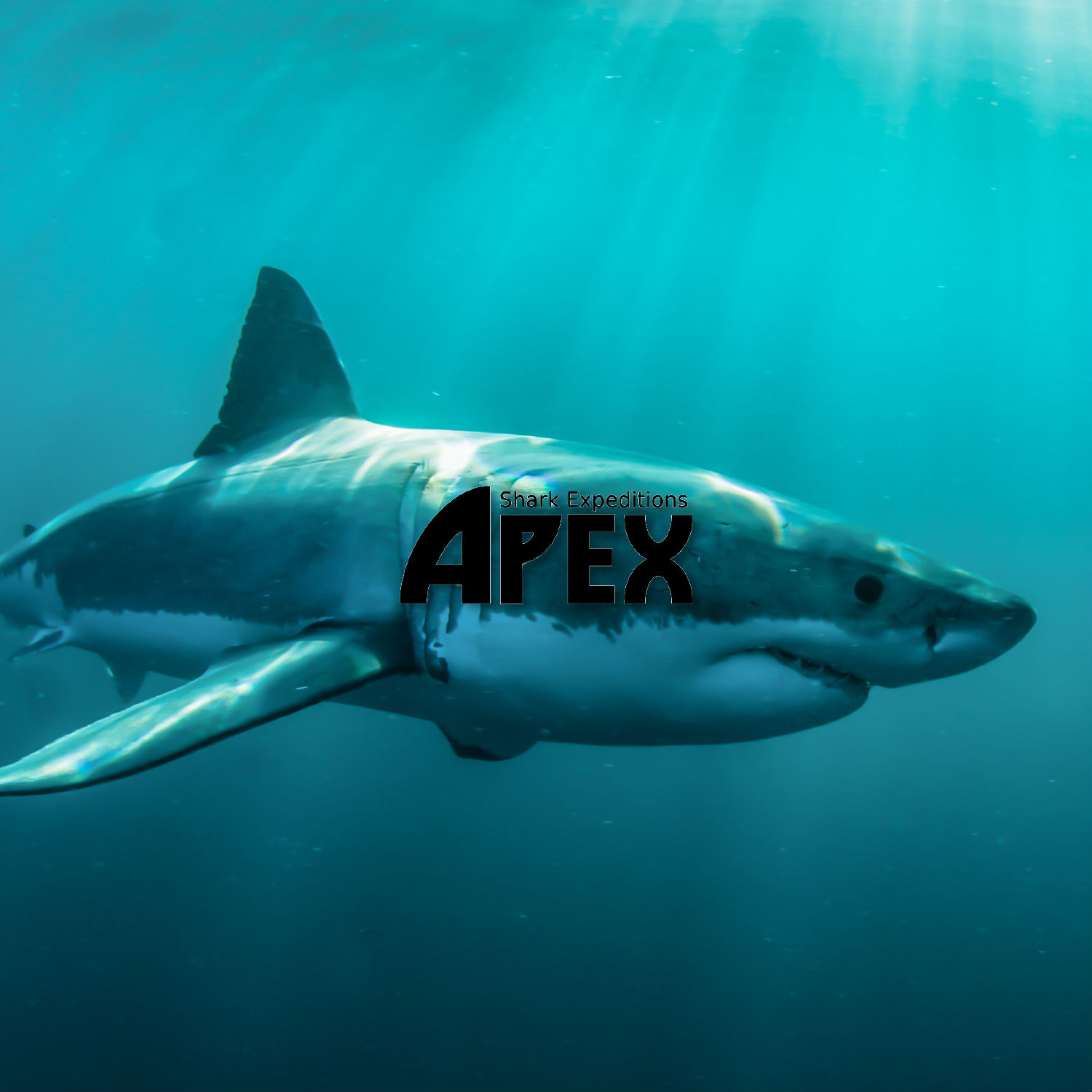

The reason we need to engage in such intensive micromanagement to cling to our biodiversity is to plug the gaps left in our habitats by the absence of traditional wild grazers and apex predators. We designate some areas Sites of Special Scientific Interest and manage them exclusively for the benefit of one or two rare species - even going so far as to dictate the height the grass must be kept at in the SSSI. Right now, we plough millions of pounds a year into very deserving and important projects that closely manage habitats for the benefit of limited selected species. Not only does this allow us to return to a more true sense of nature, it also makes the whole conservation process a lot easier. If we look further back, we can find the missing pieces of the jigsaw and fill in the gaps in our broken ecosystems. Yes, it was less deprived than it is now, and yes, it would certainly be preferable to return it to that state from 50 years ago rather than to leave it how it is now or allow it to get worse, but the question is: are we aiming high enough? The issue here is probably obvious: we’re trying to restore the natural world to an already-deprived state. Someone will write a book about the ‘good old days’ when the countryside looked like it did 40 or 50 years ago and the rest of us will all pile on and do everything we can to micromanage habitats to return the specific density of species that used to appear there when our grandparents were growing up. You’ll often hear people lament that when they were younger, the sheep fields of our countryside were bordered by thick hedgerows and alive with the song of what we now call farmland birds, like skylarks and corn buntings. People focus on restoring what they know. This describes the way that we reach for something in our own lifetime - or at least in a time of prolific record-keeping - to use as the base for ‘the wild’ that we’re trying to regenerate or recreate.īy the time we got our act together and started caring about conserving the natural world in the nineteenth century, our apex predators were long gone and nobody alive could remember them. If this idea is workable, why haven’t we done this before?Ī large part of the answer is shifting baseline syndrome. When a topic has been explored for many years - like conservation - people become suspicious of new ideas. If the natural order of our ecosystem in Britain includes these apex predators, and we had wolves right up until a few hundred years ago, why are we only talking about them now? We had brown bears until the Bronze Age, lynx in the ninth century and wolves well into the eighteenth century.Įuropean brown bear, Ashley Grove SHIFTING BASELINE SYNDROME These predators aren’t all in the completely distant past - this isn’t Jurassic Park. The natural world we know in Britain today is nothing like the natural world that once was.

If you’re struggling to imagine that we had brown bears here, I hear you - don’t even get me started on the fact that we used to have elephants. In the early Holocene, we had three apex predators: lynx, wolves, and brown bears. The browsing of these grazing animals prevented the land being overtaken by dense tree cover - allowing our plant and animal life to thrive in the sunshine of meadows and expanses of wetland. We used to have wild ox, bison, horses, boars and beavers that helped to maintain that gold standard landscape prized by nature reserves: mosaic habitat. The biggest hole in our ecosystem is our missing landscape architects. We haven’t seen Britain’s true natural state for thousands of years, even in non-developed areas, because of the chasms we’ve created in the ecosystem. If you’re stood in Britain, looking at a nice woodland or countryside scene, and thinking to yourself that you’re looking at what our landscape used to look like, or that you’re looking at some of the last original habitat or ecosystems we have, then I hate to break it to you but you’re wrong. We haven’t had a complete, fully-functioning ecosystem for more than 3,000 years, or even longer if you look back to when we had wild horses.įor the past 3,000 years, Britain has had what you could charitably call gaps (or accurately call huge gaping holes) in its ecosystems. We kind of know this subconsciously - we’ve all seen Tony Robinson telling us that what looks like a small muddy rock is actually a Stone Age axe head on Time Team - but the reality is harsh. We started interfering with the natural world pretty early on. Bears, wolves, lynx.can we really live alongside them once again in the UK? Hayley Kinsey outlines how and why we could and should.


 0 kommentar(er)
0 kommentar(er)
